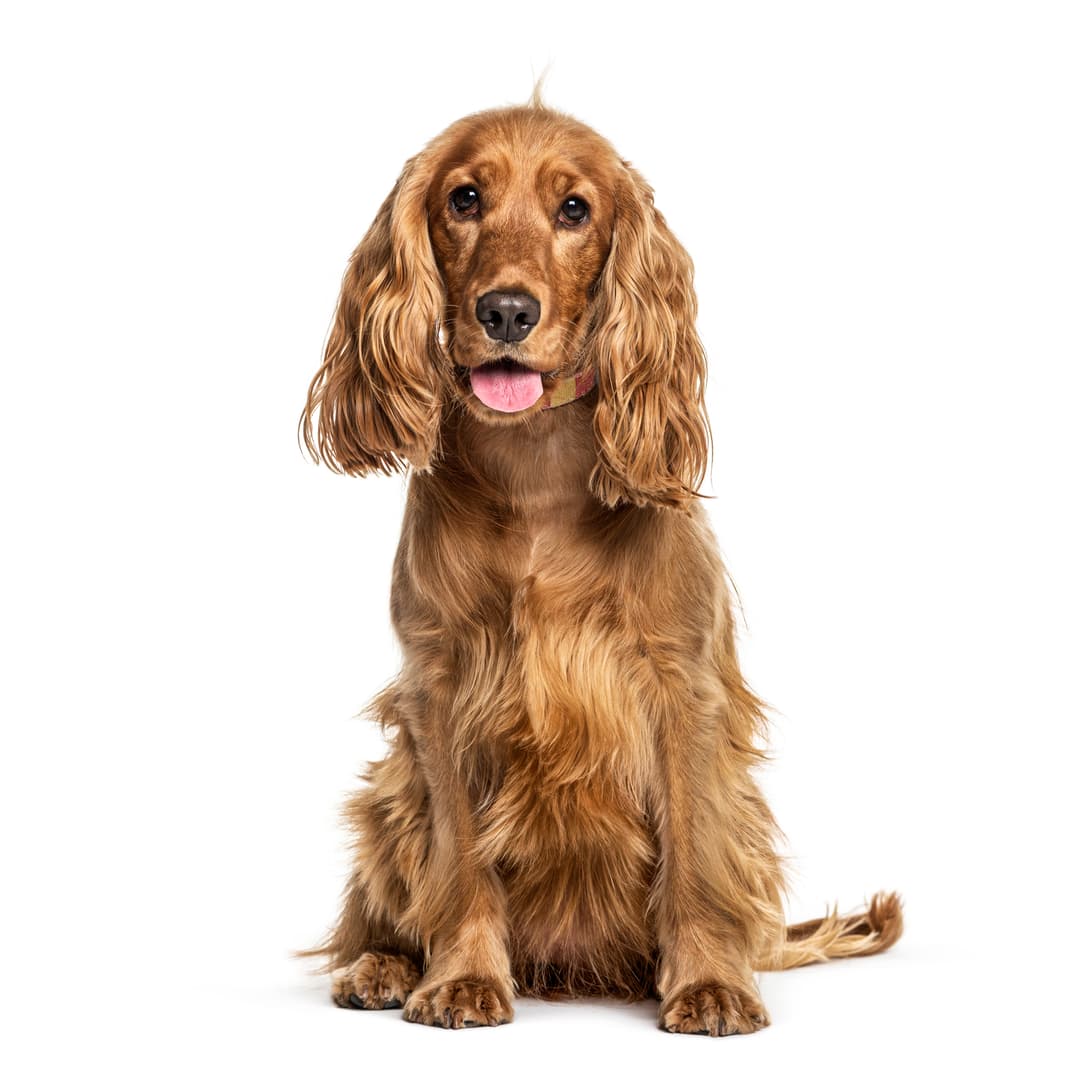Discover your dog's connection to this breed and 200+ others


Discover your dog's connection to this breed and 200+ others



The English Cocker Spaniel has a rich history. It is one of the oldest spaniel breeds, originating from the broader category of spaniel dogs that originated in Spain, hence the name "Spaniel". There are various types of spaniels, and their differentiation mainly comes from the tasks they were bred for. English Cocker Spaniels, specifically, were bred for hunting woodcocks in the United Kingdom, which is where they get their name. The breed is commonly referred to simply as the "Cocker Spaniel" in the UK, but in the U.S. and other parts of the world, it's specified as the "English Cocker Spaniel" to differentiate it from the American Cocker Spaniel, a separate breed.
English Cocker Spaniels can suffer from familial nephropathy, glycogen storage disease (type VII), phosphofructokinase (PFK) deficiency, and acral mutilation syndrome. Genetic testing can assist veterinarians with diagnosis and proactive care, as well as help breeders identify affected and carrier dogs.
English Cocker Spaniels are known for their friendly and affectionate nature. They make excellent family dogs due to their love of children and their sociable nature. However, they do require plenty of exercises and mental stimulation due to their high energy levels and intelligent minds.
They also have a natural instinct to chase and retrieve due to their hunting background, and they are known to be excellent swimmers. Their adaptable nature means they can thrive in various living conditions, but they prefer to be in close contact with their family.
A canine genetic lineage is a group of individuals or entire breeds that descended from common ancestors predating modern breed formation. Often these lineages are associated with a ‘type’ of dog with a unique historical working role and associated behaviors (e.g., herding, scent hunting, etc.).
The Pointer-Spaniel lineage encompasses both pointer and spaniel breeds. They were both bred for their specialized hunting abilities in Europe. Pointers locate game and freeze in a stance, called “pointing”, to indicate to their hunter that birds are close by. Spaniels were bred to find game in underbrush and retrieve it. Both pointer and spaniel breeds were bred to enhance their strong senses, trainability, and endurance as these are advantageous in a hunting partner. Spaniels and pointers are known for their strong work ethic, ability to work closely with humans and agility. These dogs’ ability to work closely with their hunters makes them an asset during a hunt because they follow direction well and know how their hunters want them to proceed.
Example breeds with ancestry from this lineage include English Cocker Spaniel, Irish Red Setter, and German Shorthaired Pointer.
The term "cocker" comes from the breed's original purpose of hunting woodcock, a type of bird.
English Cocker Spaniels have a unique "roaning" coat pattern, which is a mix of colored and white hairs.
They have a history of royal approval; English Cocker Spaniels were beloved pets of various British monarchs, including Queen Elizabeth II.
An English Cocker Spaniel named "Whisky" won the prestigious "Best in Show" at Crufts, the world's largest dog show, in 2020.
https://www.hillspet.com/dog-care/dog-breeds/english-cocker-spaniel
https://www.fci.be/Nomenclature/Standards/005g08-en.pdf
https://www.akc.org/dog-breeds/english-cocker-spaniel/
https://www.ukcdogs.com/english-cocker-spaniel
Recommended by top vets with decades of experience
21 breeds
64 genetic health markers
50 genetic trait markers
